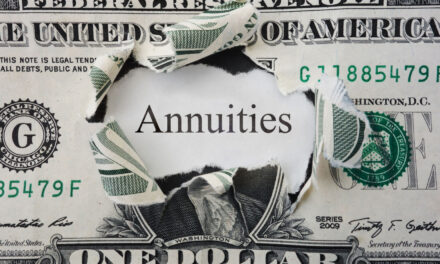
Municipal Bond Investing in a COVID-19 World
As financial advisors work with their clients in building a portfolio of individual municipal securities or evaluate muni fund candidates, they will need to go beyond the normal bounds of credit analysis to discern an issuer’s ability to meet its obligations under the most extreme financial scenarios.
To view the full article please register below:
Municipal Bond Investing in a COVID-19 World
The coronavirus pandemic taught municipal bond investors that building a sound, long-term municipal bond portfolio will require greater emphasis going forward on an issuer’s ability to weather future black swan events.
Not all issuers, in this regard, are created equal. As financial advisors work with their clients in building a portfolio of individual municipal securities or evaluate muni fund candidates, they will need to go beyond the normal bounds of credit analysis to discern an issuer’s ability to meet its obligations under the most extreme financial scenarios.
Investment Considerations Before Investing
Muni bond analysis should focus on several factors to ascertain an issuer’s repayment ability during periods of acute strain.
- What is the source of the revenue that will fund the bond’s obligations? As the past months have shown, certain revenue bonds—most specifically toll roads, nursing homes and airports—may find revenue streams dry up quickly in an extreme economic dislocation. A dependence on rosy projections of increasing usage may subject investors to capital losses, as well as a loss in income.
- What is a state’s or municipality’s unfunded pension and health obligations? States, to varying degrees, have put off funding its pension and retiree health care obligations.Some states have been particularly irresponsible. In an analysis by J.P. Morgan Asset Management, Illinois will need to devote 51 percent of their revenues to fully fund their pension and retiree health care promises over time, followed by New Jersey at 38 percent, Hawaii at 37 percent and Connecticut at 35 percent.1 This financial overhang makes such states less likely to navigate the next crisis without impacting their credit rating and the value of their outstanding debt.
- What is the size of the state’s “rainy day” fund? Politicians are not known for saving for a rainy day. They see revenue and they’re inclined to spend it. To their credit, though, rainy day funds have swelled from 1.6 percent of general fund spending in 2010 to 7.3 percent in 2019. However, this rainy-day preparation varies greatly by state, with 15 states having rainy day funds of less than 5 percent.2
- How diversified is a state’s or municipality’s economy? The coronavirus has flattened certain industries. States highly dependent on the tourism and travel industries, such as Hawaii and Nevada, were especially hit hard financially. The next black swan event may impact a different sector, so it may benefit investors to consider the economic diversity of the state or municipal issuer.
The pandemic has brought into focus a tiering of risk within the municipal bond market, but that can change with the next crisis. More than ever, advisors need to do their research and consider how each credit may survive the next black swan event.
Sources:
- https://www.jpmorgan.com/jpmpdf/1320746272624.pdf
- https://higherlogicdownload.s3.amazonaws.com/NASBO/9d2d2db1-c943-4f1b-b750-0fca152d64c2/UploadedImages/Fiscal%20Survey/NASBO_Spring_2020_Fiscal_Survey_of_States_S.pdf
See referenced disclosure (2) at https://blog-dev.americanportfolios.com/disclosures/












